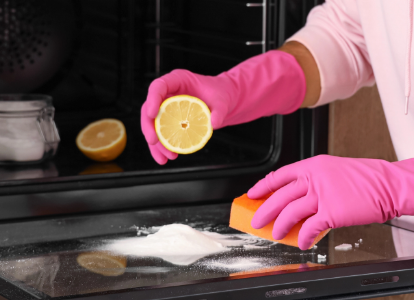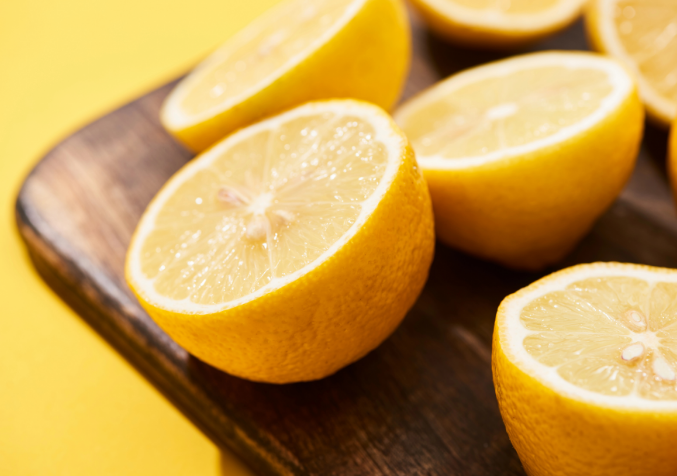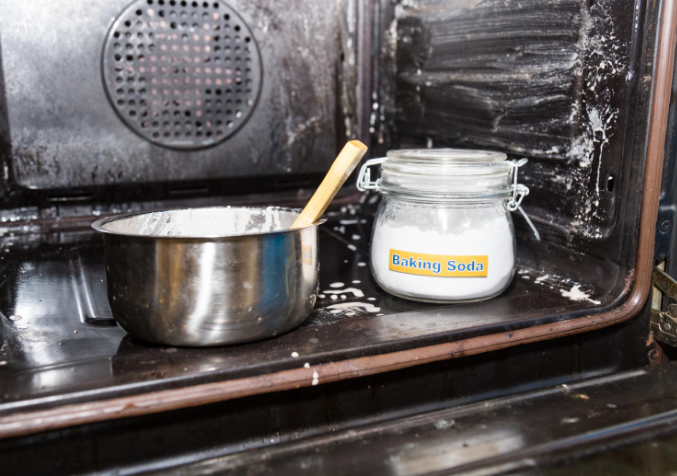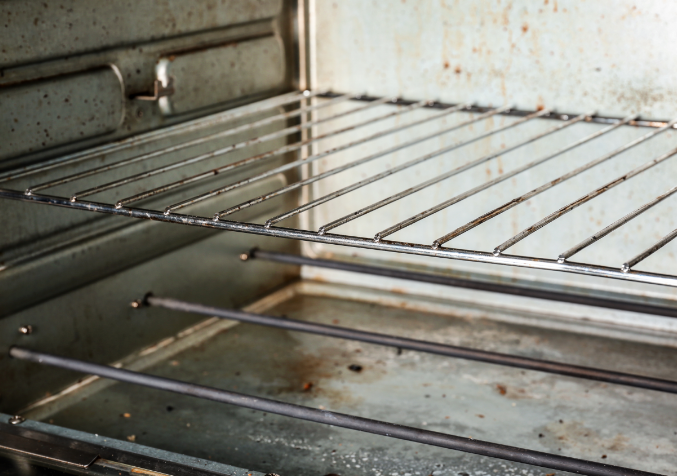Natural & Non-Toxic Oven Cleaning Hacks You’ll Love
Published on Mar 11, 2018 | Updated - Nov 28, 2024

Cleaning your oven is one of the most dreaded kitchen chores. I've even heard someone say they'd rather scrub a public toilet with a toothbrush than tackle their oven! It’s hard yakka—especially if you're relying on harsh, toxic cleaning chemicals.
The problem is many oven cleaners contain harmful chemicals that can irritate your skin, eyes, and respiratory system. To help you understand what you're dealing with, here’s a rundown of common ingredients in these products.
Harmful Chemicals Found in Oven Cleaners
-
Butane - Often used as a propellant in cigarette lighters. Inhalation can lead to drowsiness, asphyxia, and cardiac arrhythmia.
-
Diethylene Glycol Monobutyl Ether - Listed as a neurotoxin, reproductive toxicant, and harmful to the cardiovascular system, kidneys, and liver.
-
Monoethanolamine (MEA) - Can irritate airways, cause severe burns, and damage eyes, tissues, kidneys, and liver.
-
Sodium Hydroxide - Highly caustic and effective at dissolving grease but can cause serious chemical burns.
Luckily, you don’t need these harmful chemicals to clean your oven. Instead, try a natural oven cleaner with lemon or a bi-carb soda to keep things non-toxic and effective.
How to Use Lemon to Naturally Clean an Oven

Lemons are nature’s degreasers! The citric acid in the juice and di-limonene in the peel make them perfect for cleaning. This natural oven cleaner with lemon is a simple, non-toxic cleaning method that works well for light cleaning or regular maintenance.
-
Slice two lemons in half and squeeze the juice into a baking dish. Toss the squeezed halves into the dish.
-
Add water to fill the dish about a third full.
-
Place the dish in your oven and set it to bake at 120°C for 30 minutes (45 minutes for heavier grime). The lemon vapours will soften stubborn residue, making it easier to wipe away.
-
Let the oven cool, then remove the dish.
-
Use a non-scratching scouring pad and a silicone spatula to scrape off grime.
-
Dip a sponge into the lemon water to wipe down the oven, then towel dry.

RECOMMENDED READING
When Life Gives You Lemons: The Ultimate Guide to Cleaning with LemonsHow to Clean an Oven with Bi-Carb Soda

When it’s been a while since your last oven clean, bi-carb soda can handle the tougher jobs.
What you'll need
-
1/4 cup liquid dish detergent
-
1 cup bi-carb soda
-
1/2 cup coarse sea salt
-
Sponge, scouring pad, and warm water
-
Spray bottle with distilled white vinegar
-
Towel or microfiber cloth
Directions:
-
Mix dish detergent, bi-carb soda, and salt to form a paste. Add water if it’s too thick.
-
Remove oven racks and soak them in the bathtub with dish detergent.
-
Apply the paste to the oven interior, focusing on grimy areas. Leave it for several hours or overnight.
-
Wipe down the oven with a damp sponge, scrubbing as needed.
-
Spray the oven with vinegar to rinse off residue, then towel dry.
-
Scrub the racks in the bathtub, rinse, and dry before placing them back.
Oven Rack Cleaning Hacks

Cleaning oven racks can be a real challenge. If the methods above don’t work, try these hacks:
Hack 1: Clean Racks in the Bathtub
- Lay an old towel in the tub to protect it. Don’t forget the plug!
- Place the racks on the towel, cover them with hot water, and add 1/2 cup dish detergent. Soak overnight.
- Scrub with a nylon brush or old toothbrush, rinse, and dry.
Hack 2: Use Aluminium Foil and a Dishwasher Tablet
- Line the tub with foil and fill it with hot water.
- Add a dishwasher tablet—it will react with the foil to loosen grime.
- Let it sit for 3 hours, then drain and wipe down the racks. Don’t forget to rinse!
There you have it! Whether you choose to use lemon to clean your oven, try bi-carb soda, or give the oven hacks a go, you can achieve amazing results with a non-toxic oven cleaner. Say goodbye to harsh chemicals and hello to natural, safe cleaning!
Rediscover Shine with Electrodry: Tile and Grout Cleaning